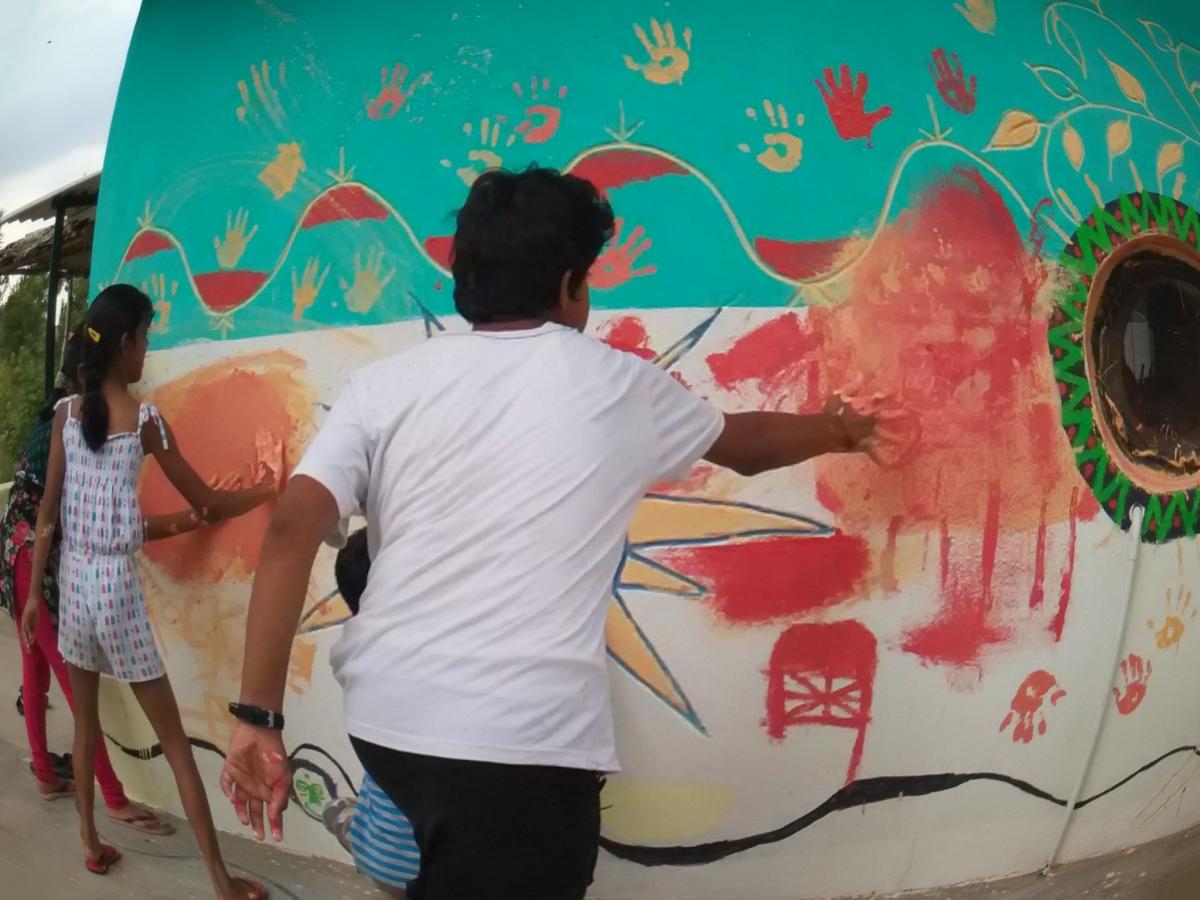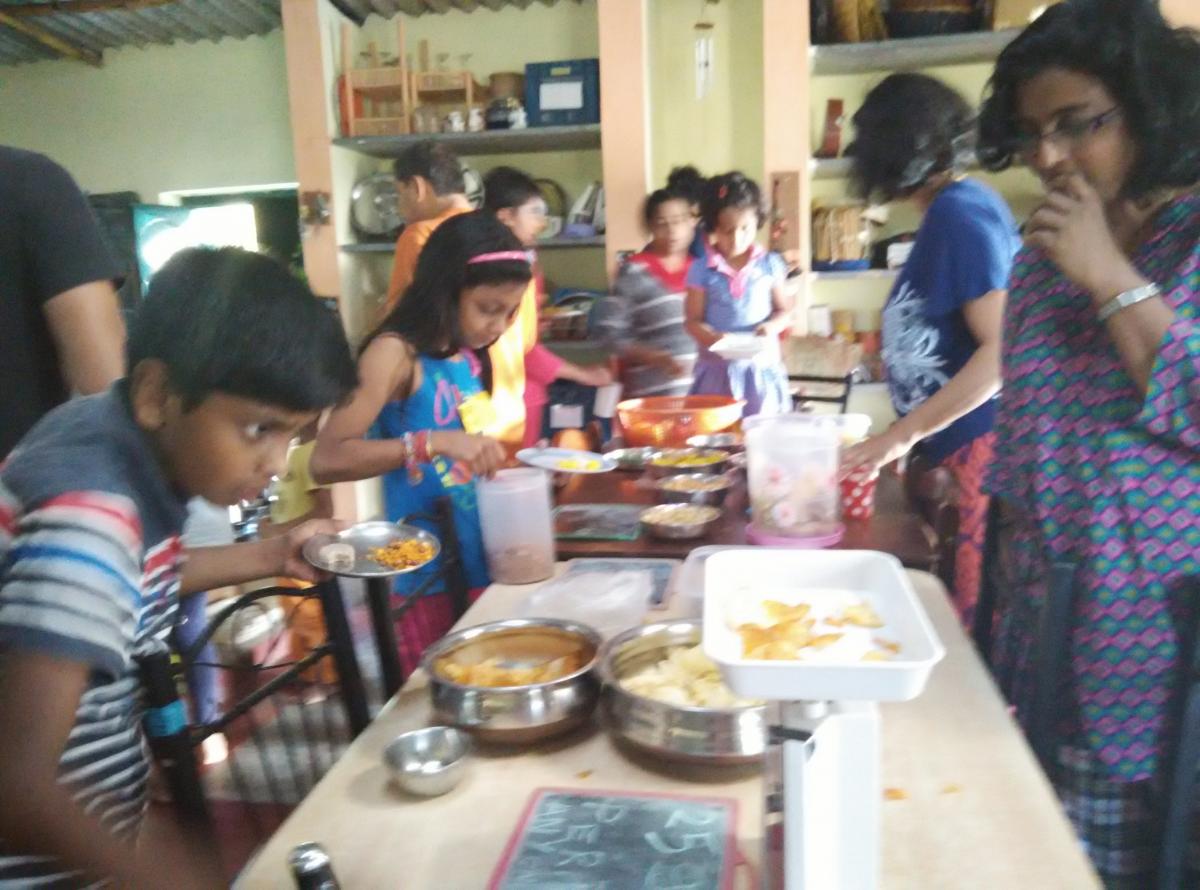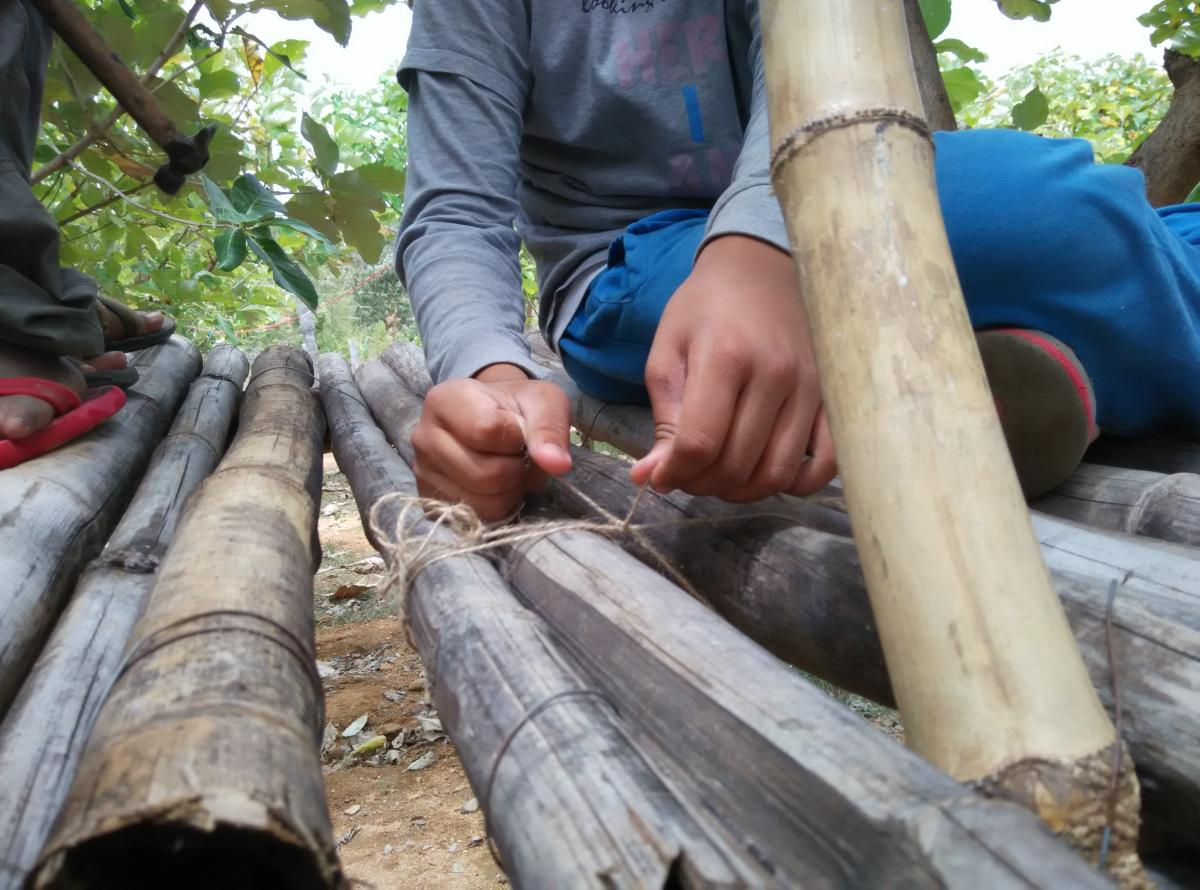Give a man a fish and you feed him for a day. Teach him how to fish, and you feed him for a life time.
Few years back I was reprimanded by my daughter’s teacher for not making my daughter learn her spellings for the dictation. Yes, I had seen the entry in her diary – “learn the spellings from Lesson # for dictation”.
As I contemplated on my situation, I realized that while the school had given a task to my daughter, what the school had completely missed out was HOW my daughter is supposed to do it. (Or maybe the school assumed that the parents should know the “how”).
The next thought – Is the school’s task to give them spelling homework and then test spellings, or is the school’s task to show children how to learn spellings.
Further even if a school teaches one method, is it necessarily the best (or the only way). Aren’t there more than one way of doing things effectively. In which case is it the school’s responsibility to tell the children “how” to do it.
If the child facing problems, is doing more of the same stale way to rectify the problem the best way? Our childhood was spent on many such mindless practices (to an extent that we started hating those tasks).
Finally the next day, the school notice board, under the thought-for-the-day banner quoted, “Don’t shy from your mistakes, for they are your stepping stones towards learning”. While I wanted to congratulate the school for the such an apt quote, what I would really like to ask the school is, “Are you teaching children “HOW” to learn from mistakes. Believe me if we all learned from our mistakes, we will all be perfect great human beings. But don’t we continue to make the same mistakes in same stale ways! Somewhere, nobody teaches us how to learn from our mistakes. So when we turn adults some of us are good at it, some bad – but most just end up being average in learning from mistakes.
At Aarohi we believe that it is far more important to make children learn how to learn. This way we get independent, lifelong learners. Then whatever is of interest or need to the individual he or she can learn it easily. Hence instead of the the content, focus on the process. Its HOW we learn that is far more important then WHAT we learn.

Most importantly we as Parents can be a big contribution in making our children independent learners. Here is a six point plan for that.
- Focus on PROCESS not on result. Do not react to the child’s work in terms of the outcome, rather in terms of the effort he or she has put in. Congratulate the child not for the way, say, a painting looks, but the way she tried different colors or how she was patient, or how she composed different elements et al.
- Ask REFLECTIVE questions that make the child reflect on the process. My most favorite question – “Hey! How did you do this?” or “Please will you teach me (show me) how you did it”.
- Ask EXTENSION questions that extend the child’s thinking beyond what she did: My favorite: “What you could have done that it would have come out better?” or “What could have happened if…?” or “How you could have done it differently?”
- Ask ASSESSMENT questions which make the child (NOT YOU) assess his or her own work. My Favorite: “What did you most like in your work? Which areas of your performance (or effort) are you most pleased with? Or What worked, what did not?”
- Ask questions that make child identify, realize and develop ABILITIES (as well as understand which areas are lacking). My Favorite: “Which of your qualities did you use in doing this?” “What would you like to learn more (or develop more) to be able to do this better?”
- Get child into habit of learning from peers, i.e. modeling. If Raju can draw better, we can learn drawing from him; if Anita can sing better, let’s learn singing from her and so on. The key question child asks peers is “Show me (or teach me) how you do it so well”.

Lets start with status check on ourselves
- Are we expecting child to learn a skill or a concept (say a shape or a number)?
- Are we teaching concept or skill?
- Are we measuring the success by end result?
- Are we objective driven?
A metaphor of cooking:
1 Some parents force children to eat a certain type and a certain quantity of food.
2 Some parents want & wish that children eat a certain type and a certain quantity of food.
3 Some parents just cook & serve a rich and varied mix of food and then leave it to the child to decide what and how much to eat.

Integrated learning works on the third principle shown above.
We neither force nor intend a learning. We just layer our activities with many rich layers of E’s.
- Environmental features
- Experiences
- Experiments
- Explorations
- Exchanges(interactions)
This obviously needs to be initiated at the design level and then extended to LIVE opportunities at classroom level.
A broad guide to initiate integration
Lets observe above five E’s with the activity of making “Nimbu Paani”(based on two objectives of integrated learning for fine motor skill and understanding quantity)
- Environment – use VAK a poster showing visually different steps in making of Nimbu Paani with clear verbal labels of water, lemon, glass, sugar etc., balance Nimbu between nose and lips, balance glass on forehead 🙂
- Experiences – use MI (Multiple Intelligence) body shake like how I stir water, taste Nimbu and sugar, two children stir together, keep Nimbu Paani in mouth but not gulp it down for a count of say 20, make sound of spoon while stirring, stir without sound, giving words to situations created – say what will you call a squashed Nimbu, spilled sugar, water rotating in glass upon stirring etc.
- Experiments and explorations – use tools, mediums, resources-tactile – brim of glass. Measuring using different width glasses. Different ways of squeezing – using thumb and palm, only fingers, elbow joint, door hinge – I guess there could be 250 ways of squeezing a lemon :-). Explore everything with lemon like pattern of seeds, pattern of fiber etc.
- Exchanges (interactions) – use Thinking skills– that is –Uncle Bloom -K(nowledge), C(omprehension), U(se), A(nalysis), S(ynthesis), V(alue)-What else can we mix in water (S), what all can we put Nimbu in (S), where all can we use this stirring action (U), how important it is to drink water (V), when do we drink water(K), why we drink water(A), What happens when we mixed sugar in water – where did it go (A), Why did we put lemon in water (C) and so on.

LETS INTEGRATE CONSCIOUSLY
By Ratnesh & Aditi Mathur